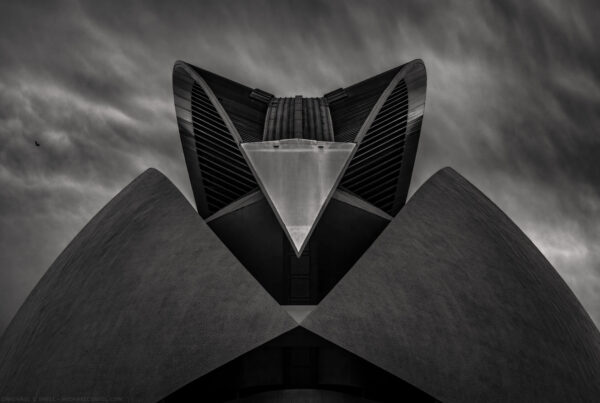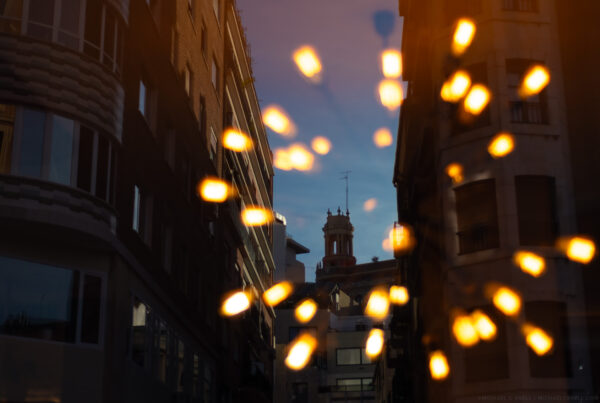
My first international trip of 2018 took me to Shaanxi Province, China.
TIME TO REFLECT. At this time (early January) last year, I’m not sure if I knew of any travel I had on the horizon for 2018. As it turned out, I visited six countries on four continents before the year was out. I was out of the country about a month and half in total, or a little more than 13 percent of the time. I also had a few out-of-state shoots within the US, but not as many as some years.
Was this a typical year for me? I honestly don’t really know what a typical year is. My travel and shoot schedules vary greatly and there are some years where I don’t travel internationally at all. I have a lot of friends in the travel photography industry that are on the road much, much more than I am, but I tend to balance my travel work with a lot of regional, close-to-home work.
I shot on assignment locally more than usual in this past year. Many more food, architectural, portrait and product shots came my way — both editorial and commercial.

Regional assignments included architecture, portraits, food and more.
Here’s where things start to get really nerdy. Just enjoy the photos unless you’re really into photography statistics.
Thanks to Adobe Lightroom’s collection of metadata from my images, I can also look back at 2018 in other ways that I find interesting. I can see which cameras I used most, which lenses, what f-stops, shutter speeds, etc. These figures aren’t 100% accurate for my entire year’s shooting, because I don’t always include some of my editorial and commercial shoots in my main Lightroom catalog, but anything that will likely be considered for my stock library is held in this one database, and the metadata recorded.
I added nearly 18,000 images to my Lightroom catalog in 2018
Nearly all of those were shot on my Nikon D810, with a few on the D700 or D7000 when I would carry two bodies
95% of these photos were shot with zoom lenses, which comes as a bit of a surprise to me, because it feels like I shoot with primes more than that. I think this is a result of 2018’s trips being fast-paced and I wanted to be ready for anything and everything without carrying a ton of gear all the time. I use the primes when my schedule is more leisurely.
47% of those zoom lens photos were taken with my 17-35mm wide-angle zoom and 43% were taken with one or the other of my telephoto zooms (I switched from my 80-200mm Nikkor to a 70-200mm Tamron mid-year). That’s a surprisingly even division between those two lenses and it amazes me that they account for all but 10% of my year’s shooting. Maybe I could travel with just two lenses?
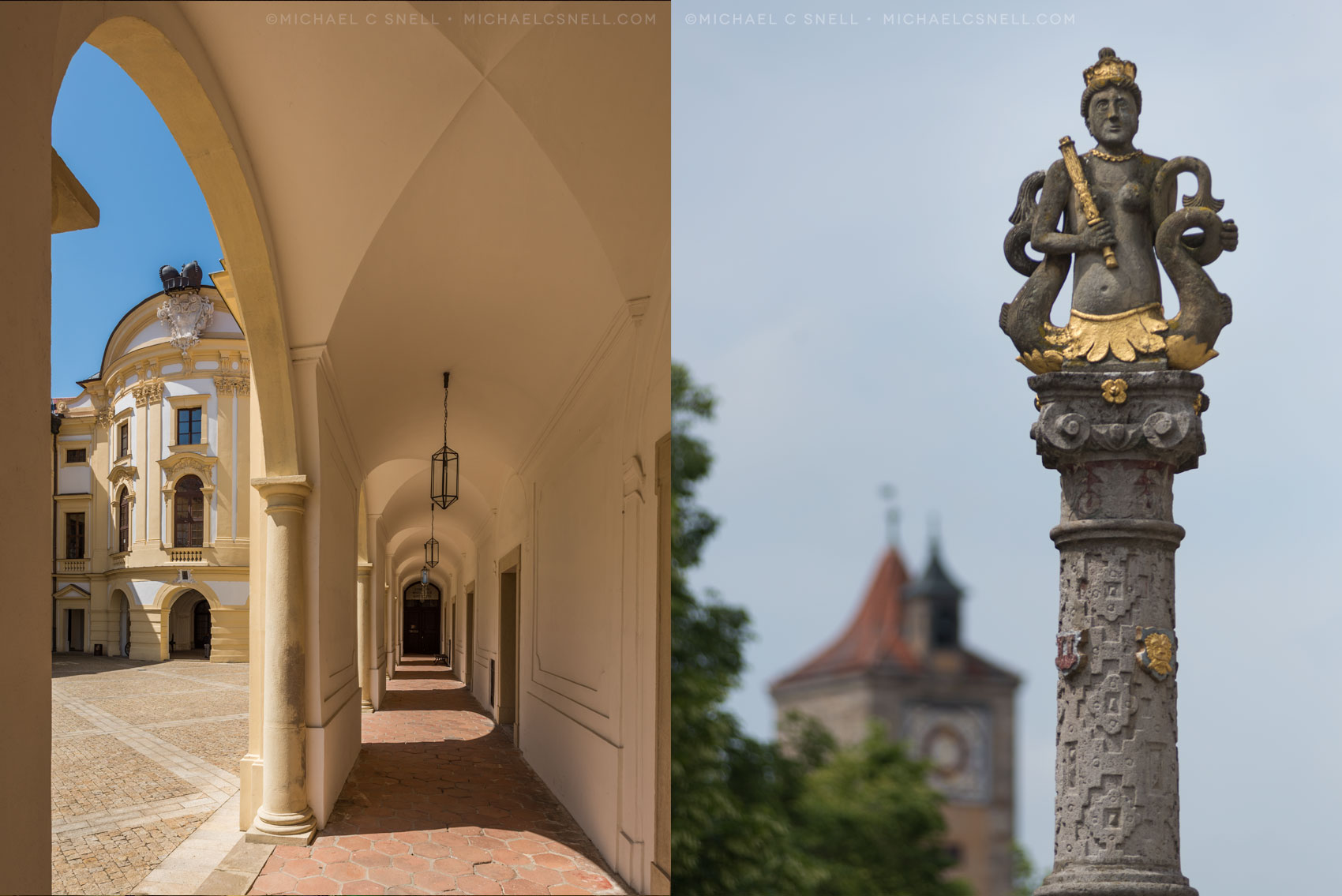
Trip number 2 of 2018 was to the Czech Republic and Germany.
But which lenses were actually the most productive?
When I look at my top-rated images — the images I’ve given 5 stars in Lightroom — the numbers change. 54% are from the wide-angle 17-35 zoom and 43% are from the telephoto. Not that different yet, but when I look at the percentage of 5-star shots that came from the total shot with each lens, the numbers are as follows:
- 29% of the photos I took with my 85mm prime were given 5 stars
- 26% of the photos taken with my 80-200/70-200 were given 5 stars
- 23% from my 17-35
- 16% from my 28-105mm macro
- 3% from my 150-600mm
- 3% from my 45mm prime
So, looking at it that way, I have a higher “success rate” with my manual focus Rokinon 85mm prime than with any of my other lenses, even though I shoot with it far less.
Now, this may be somewhat misleading. It may be that I put that I only use that lens when I know it’s a critical shot — like a portrait — where there will more likely be at least one 5-star result, possibly a few. The two zooms that I shoot with most are more “walk-about lenses” that I shoot with all day long. In those cases, I may be shooting a lot of locations in flat light, or that just need to be recorded rather than made into a cover-worthy image.
All of this is probably too nerdy to be of interest to anyone else, but I find this information useful as I plan equipment purchases and make packing decisions for future trips. Maybe I can’t get by with just the two zooms if I have such a higher keeper-rate from my 85mm prime. I’ll definitely keep that one in the bag. Afterall, it’s not very big and doesn’t take up much space.
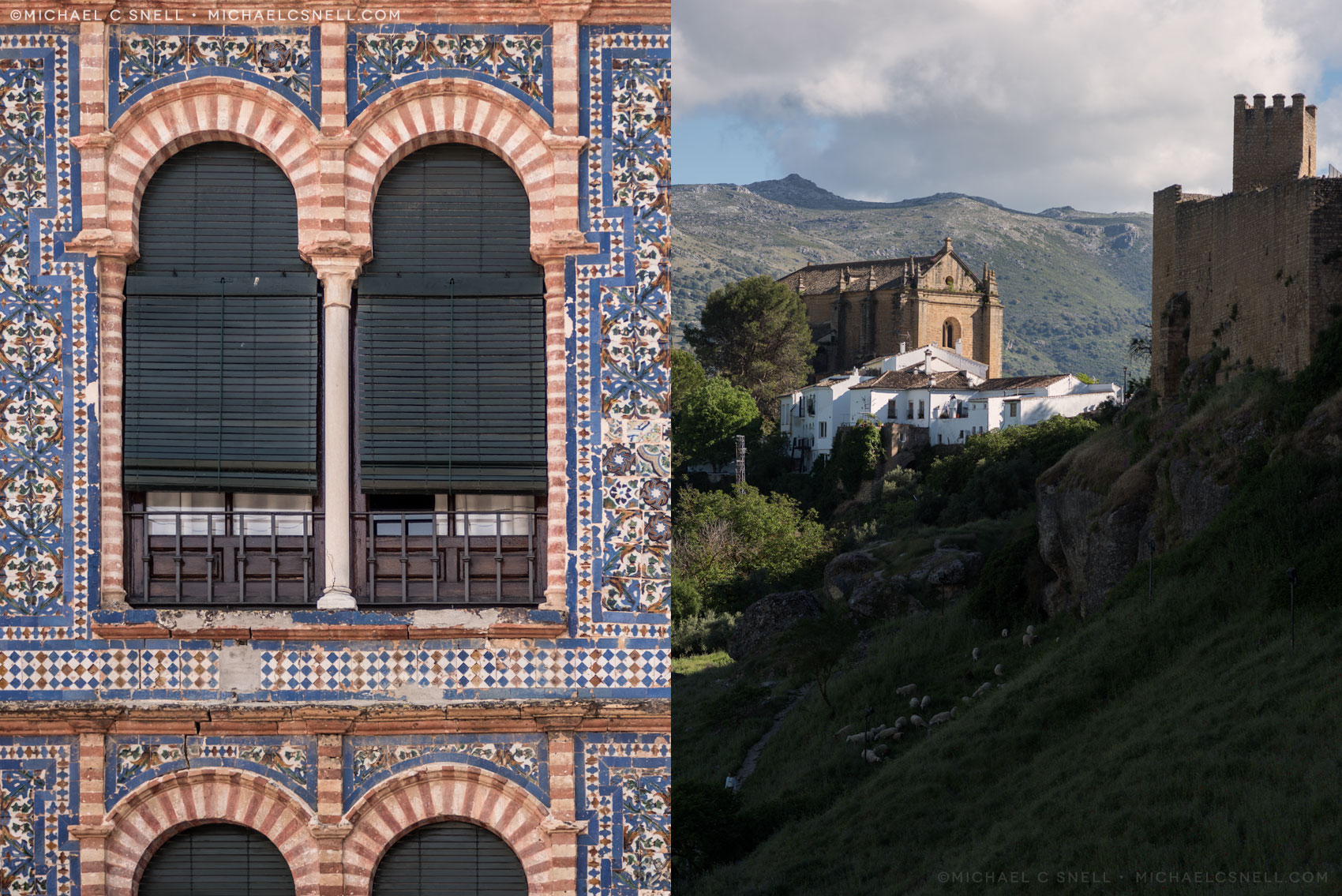
Next up was a road trip through Spain.
Stock sales
As far as licensing images went, 2018 wasn’t a bad year. It was kind of “the new average” as far as sales go. Around 2008-2009, I saw licensing fees drop to about a third or a quarter of where they had been prior. This new, lower level has been staying fairly steady for the last 8 years or so now, but in adding images to my files, I’m only barely keeping pace with previous years in dollars. In other words, no matter how many new images I add to the files each year, the money coming in isn’t increasing much, if at all.
Using numbers from Alamy, one of my agencies that provides the most up-to-date reporting, it looks like my average per-sale average take went down slightly from last year. The total number of sales was up, however, and actually my second best year since joining Alamy in 2005. Only 2015 had (slightly) more sales than 2018. That said, the payout in 2018 was lower than 2017, and nearly a third lower than 2015’s high.
Looking at the 13 years of information in a bar chart now, I can see that number of sales has been on a more-or-less steady climb from the beginning. Sales in dollars shot up in the first 4 years (2005-2008) but have remained fairly steady ever since with some variation from year to year.
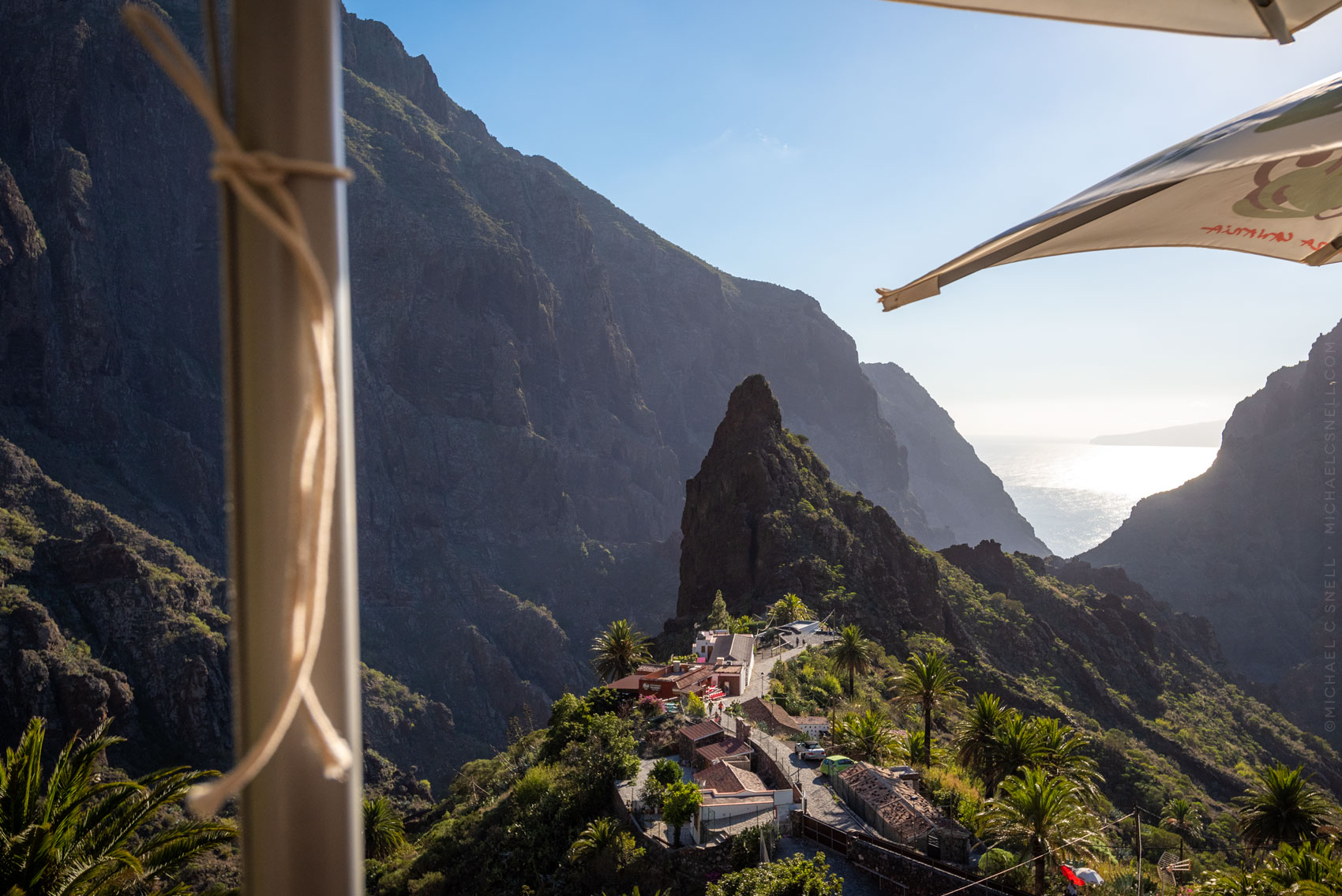
Tenerife, in the Canary Islands, wrapped up my 2018 international travel.
The stock image market isn’t what it used to be and probably never will be again. I have other agencies that are reporting similar results, although I often only hear from them quarterly so it will be some time before I can compare all of my results.
I have always resisted selling Royalty-Free and I remain 100% in Rights Managed stock. The difference being that someone pays a flat, low fee (sometimes less than $1) once for RF, and then can use the images anywhere and everywhere for all time. RM sales are based on a single usage and the rates are higher. The rates are also based on details of that usage with covers being charged more than interior, large images more than small, etc. The benefit to the buyer is that they know whether the image has been used similarly somewhere else before. For example, if I’m licensing a shot for a book cover, I can be sure with an RM image that someone else won’t also have licensed that same shot for another cover. The last thing you would want is for your book to be side-by-side on the shelf with another book featuring the same photo.
I’ll talk more about stock in future posts, but I imagine I’ll be sticking with Rights-Managed licensing forever. I might add some RF images at some point, if they aren’t particularly unique. We’ll see. For now, I’ll keep riding this train in the hopes that the market for unique, individually-tracked stock imagery will improve. Or at least not sink further.
